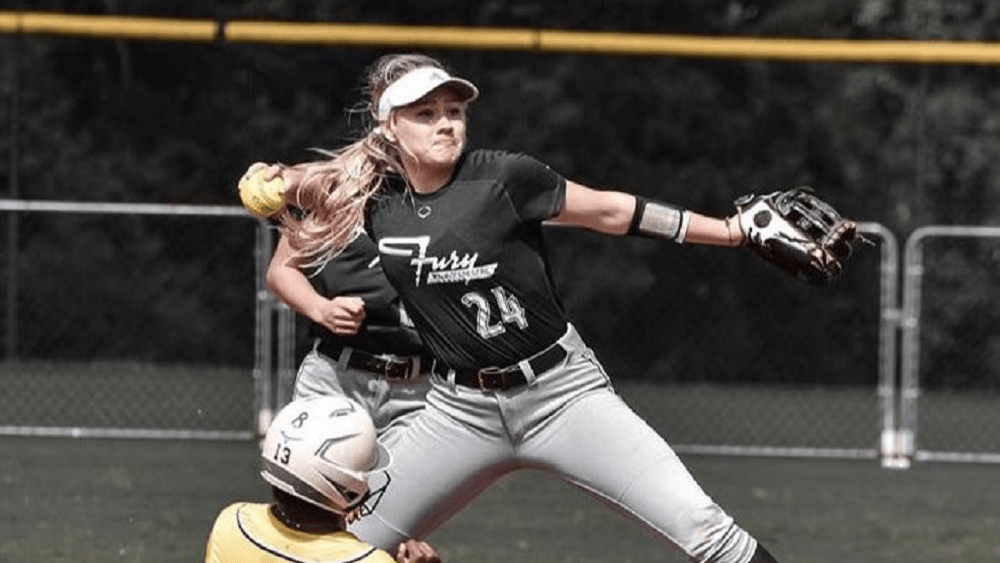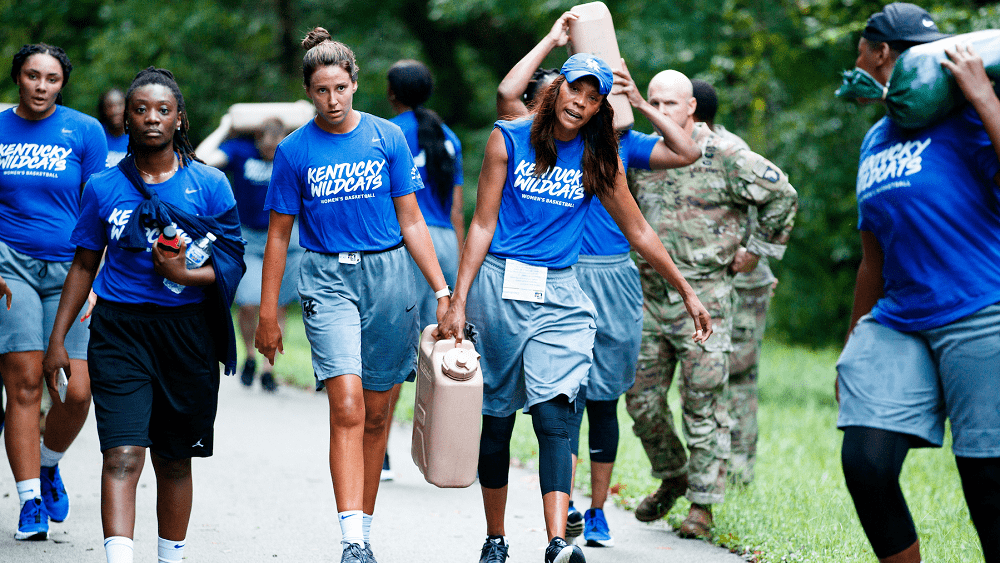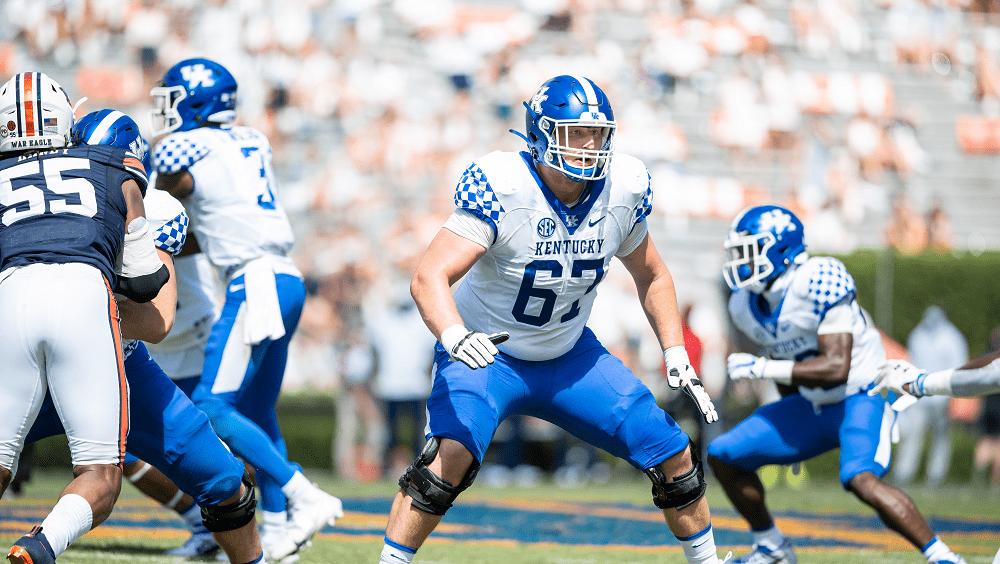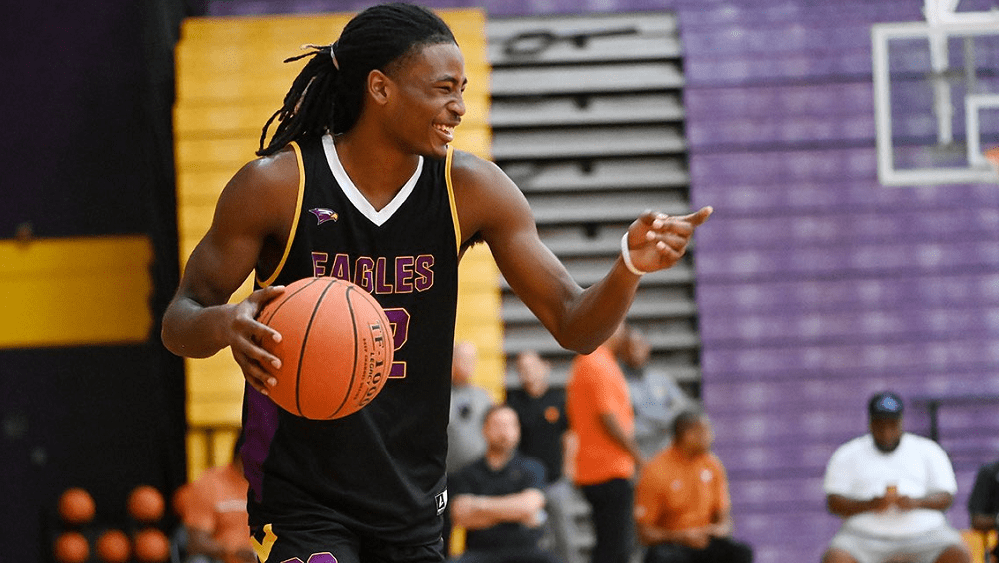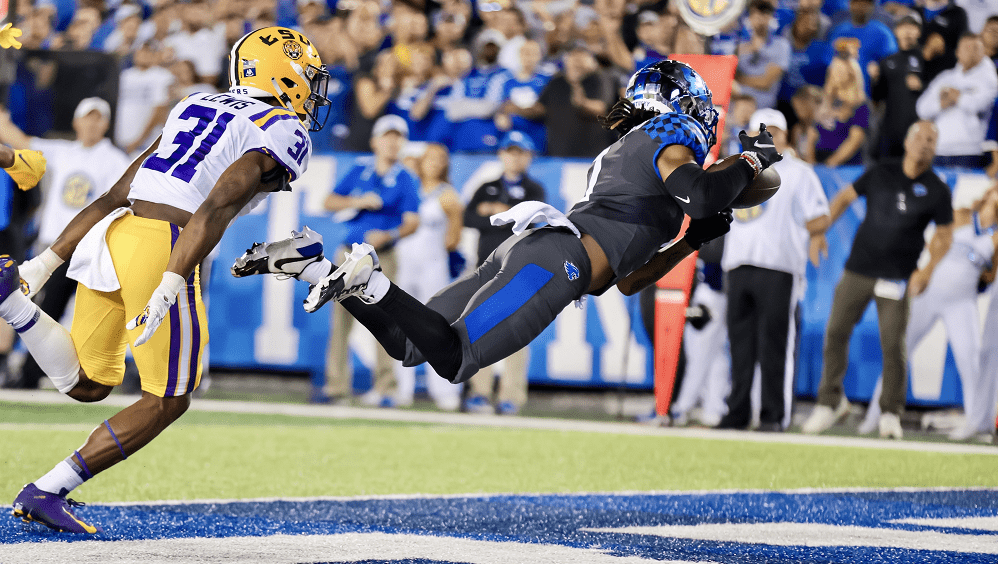
Kentucky has to find a way to fix things that were obviously broken during this year's 9-16 season.
In Lewis Carroll’s children’s book “Alice’s Adventures in Wonderland” there is a scene where the White Rabbit is about to read something to the King and he asks where he should start reading. The King answers, “Begin at the beginning and go on until you come to the end: then stop.”
I think that is excellent advice to help explain why Kentucky Basketball finds itself at the end of the 2020-2021 season with a final losing record of 9-16, no berth in the NCAA Tournament for only the second time in the John Calipari era, and no spot in the quarterfinals of the SEC Tournament for the first time ever in the history of 59 SEC Tournaments. How did Kentucky Basketball fall so far, so fast? To paraphrase the King, I’ll begin at the beginning.
Until 2016 Kentucky had performed extremely well as a basketball program under head coach John Calipari. Plenty of 25 or more win seasons, SEC Championships, Elite 8’s, Final Fours and even a National Championship in 2012. They did have one glitch of a season in 2013 which included missing the NCAA Tournament and a first-round loss in the NIT, but overall there were very few complaints from fans about the direction the program was heading.
But in 2014 a subtle shift seemed to occur in the program. The Kentucky Basketball program lost a couple of key individuals from the coaching staff. Assistant coach and lead recruiter Orlando Antigua left to become the head coach at the University of South Florida and JCalipari’s Special Assistant Rod Strickland also left to become an assistant head coach for Antigua. Both coaches left after UK’s successful run in the 2014 NCAA Tournament where, as an 8-seed, the Wildcats marched through the Midwest bracket to end up in the NCAA Finals against UConn where they lost a heartbreaker 60-54.
That was Kentucky’s last trip to the NCAA Final. The next year’s 2015 team, which Antigua and Strickland had helped to mold, made it to the Final Four where they lost to a lesser talented but tougher and better-coached Wisconsin.
This ride down memory lane serves a purpose. Here’s the purpose. Calipari still runs very similar offensive and defensive schemes today that he did when he first arrived at UK in 2009. Some people in the basketball world see that as a problem. I don’t so much see it as a problem as I see it as a potential blind spot, a stubborn streak that is somewhat hidden in Calipari’s overall makeup. Don’t get me wrong, in athletics and coaching, stubborn streaks can be a good thing. It’s like the Mark Stoops mantra of “Don’t flinch.” When times get tough from game to game or even play to play stubborn streaks are what help to pull competitors through.
But when it comes to evaluating and adjusting what needs to change, because conditions and circumstances are always changing, it can be a deadly blind spot.
Calipari’s teams always set a foundation on good, solid man-to-man defense at the beginning of each season. That has always been step 1 for any Calipari-coached team at Kentucky. I don’t have any problem with that. He has won a lot of games by playing excellent team defense. But to play lockdown man-to-man defense that Calipari prefers players have to be athletically skilled at every position, should probably be no shorter than 6-4 (preferably 6-6 or taller), and physical enough that if a guard is matched up with a post player he can hold his own positionally in the paint area. The same holds true for Kentucky big men. Everyone of Coach Cal’s big men need to be quick enough to defend a player on the perimeter but also hold their own under the basket to perform well in his defensive scheme.
But therein lies the rub. To get those type of long, quick, athletic players every year means that usually, something else has to give. That something else sometimes is overall basketball skill. Things like excellent shooting ability, high basketball knowledge, and playmaking skills like passing, screening, and moving without the ball. It’s only natural that a long, quick, athletic player coming out of high school most likely dominated his competition through sheer athletic skill and not necessarily because of his pure shooting ability or play-making skills.
Those type players end up as five-star prospects that always flocked to Kentucky. Up until 2016, Calipari seemed to have always had his pick of available high school stars and the other schools had to stand in line for what was left. Calipari and Kentucky could offer each prospect a sure-fire path to the NBA after only one season. No other school up to that point could do the same.
Those athletically dominant players helped Kentucky win more NCAA Tournament games than any other school from 2010-2019. But around 2016, when Antigua and Strickland were no longer around to attract and teach point guards, wing players, and big men Kentucky began to struggle. Maybe struggle is a strong word but the successes did not come as frequently or as easily as they had in the past — in recruiting players and winning games.
In fact, around 2016 the college basketball world was drastically changing. Other blue-blood schools like Duke, Kansas, and North Carolina were embracing the “one-and-done” philosophy and we’re winning more and more recruiting battles against Calipari and his staff. Also, unbeknownst to most outsiders looking in, “pay for play” had already started in earnest at schools like Arizona, LSU, Memphis, and U of L. Some long, quick, athletic players that might have come to UK in the past now decided to take the cash for one year, play at the appointed school, and then move on to the NBA. For anyone that follows college basketball closely, they know that the fallout from those schools “under the table” payments is still occurring.
With the loss of Antigua and Strickland, the drastic changes in the college recruiting landscape, and the inability of Calipari to correctly identify the changes that were occurring in his program and within college basketball, Kentucky Basketball found itself on a slippery slope. The program was not getting enough of the talented players it needed to play the type of defensive and offensive schemes preferred by the coach, other schools — namely Villanova and Gonzaga along with some other Top 25 teams — were changing their playing style to embrace players that weren’t as athletically gifted but had better overall basketball skills and were committed to play three or four years to improve those skills before testing the professional basketball waters.
At the same time, the coaching staff at Kentucky didn’t seem to be able to squeeze as much out of each successive group of players. Season after season UK seemed to watch talented players walk out the door after one year to the NBA, G-League, or professional basketball overseas when they might have stayed an extra year and developed into much better players as sophomores or juniors. Players like Willie Cauley-Stein and PJ Washington took that route and saw the benefits. A few others left after one year and struggled to make an impact or even hold onto a spot in the NBA.
All these factors listed above have pushed the Kentucky Basketball Program to where it is today. With all that being said the 64,000 dollar question is, how do you fix it.
In the next article, I’ll talk about John Calipari’s offensive scheme, how his penchant for lockdown defense tends to hurt his offensive execution, and what type of players he must have to be successful on the offensive end of the floor if he continues to stick with his current offensive style. Hope you’ll continue along for the ride.
— Keith Peel, Contributing Writer20

